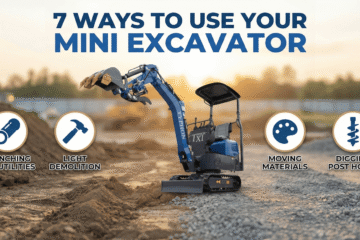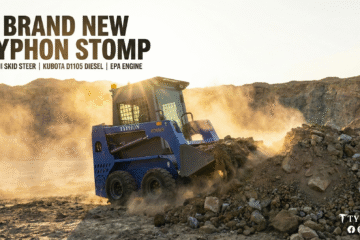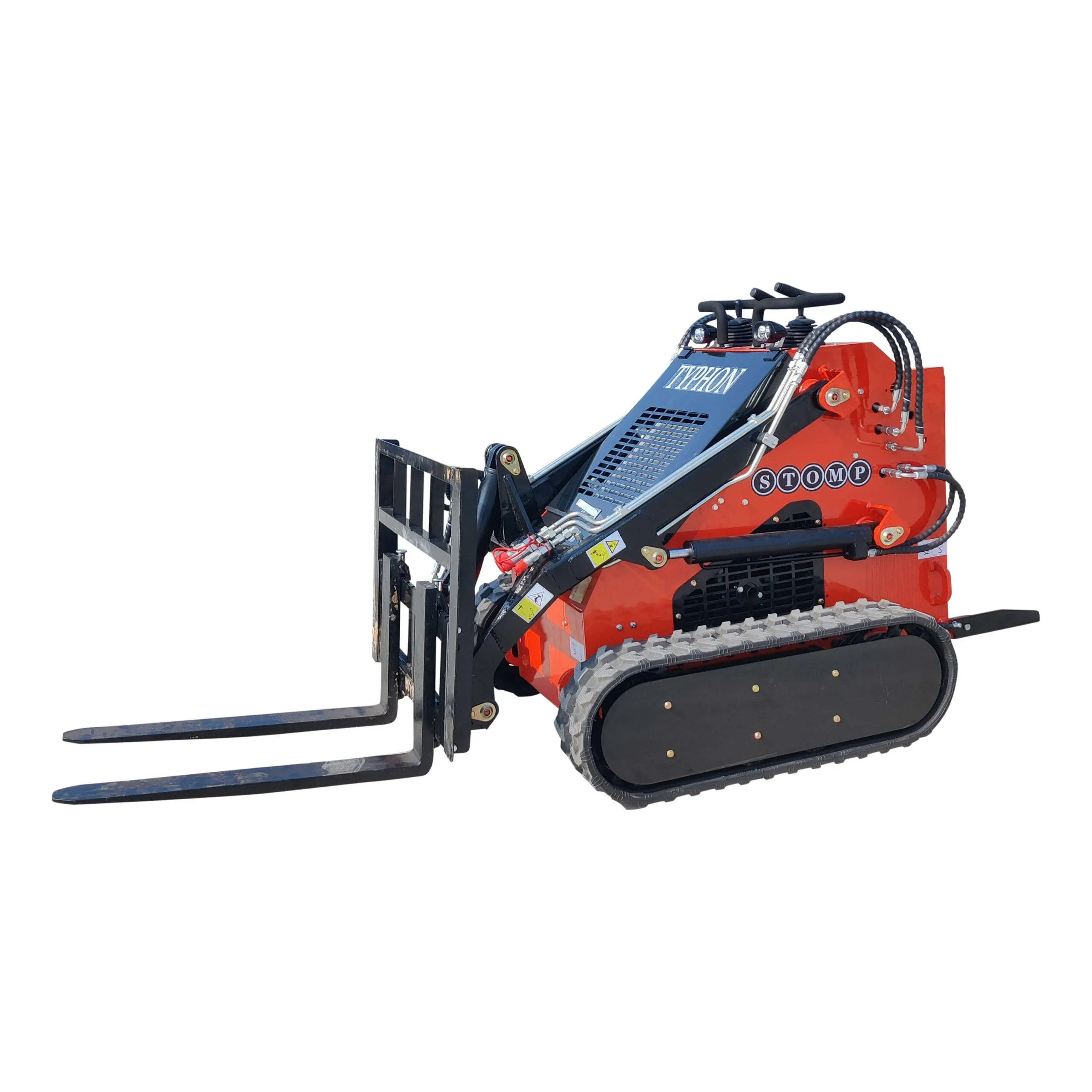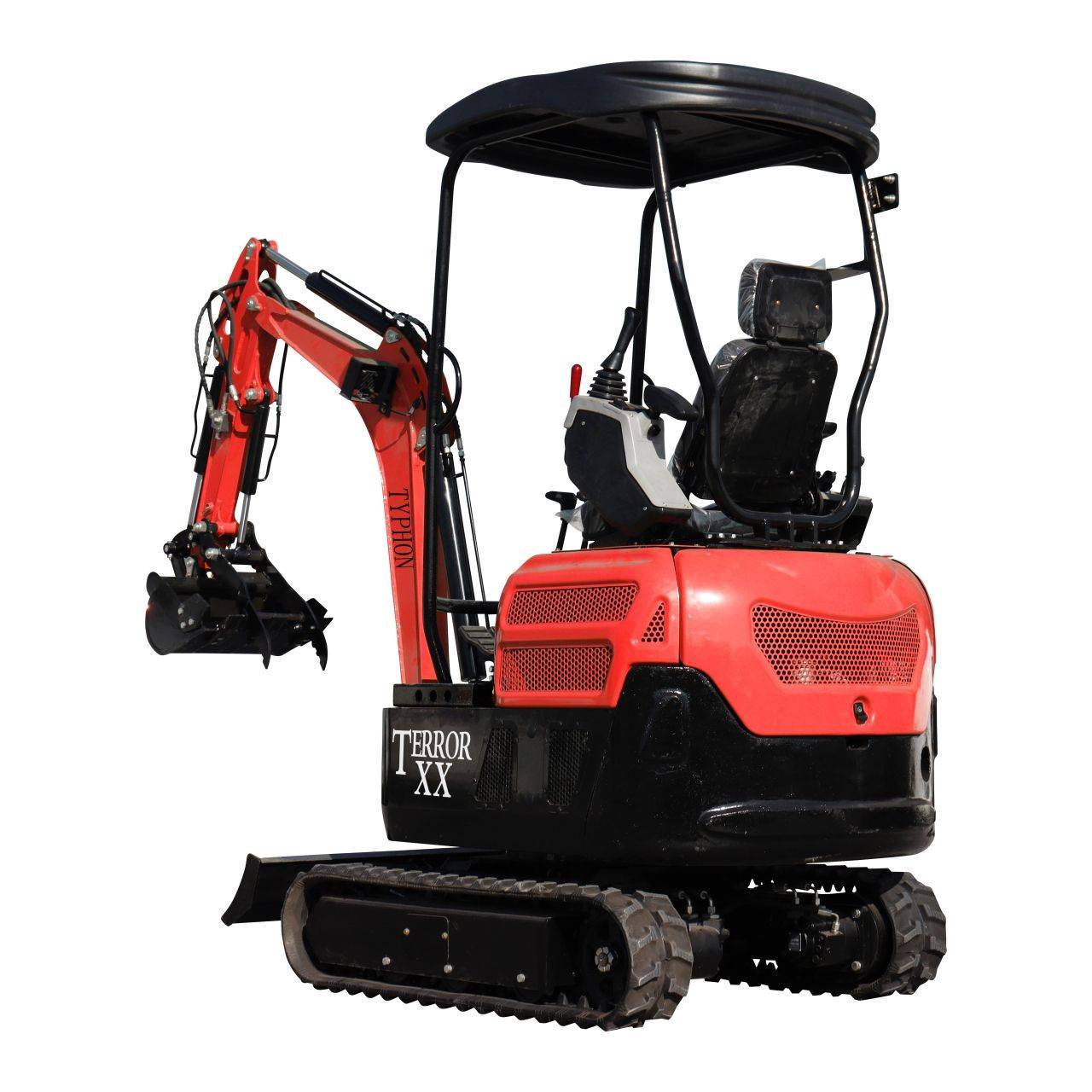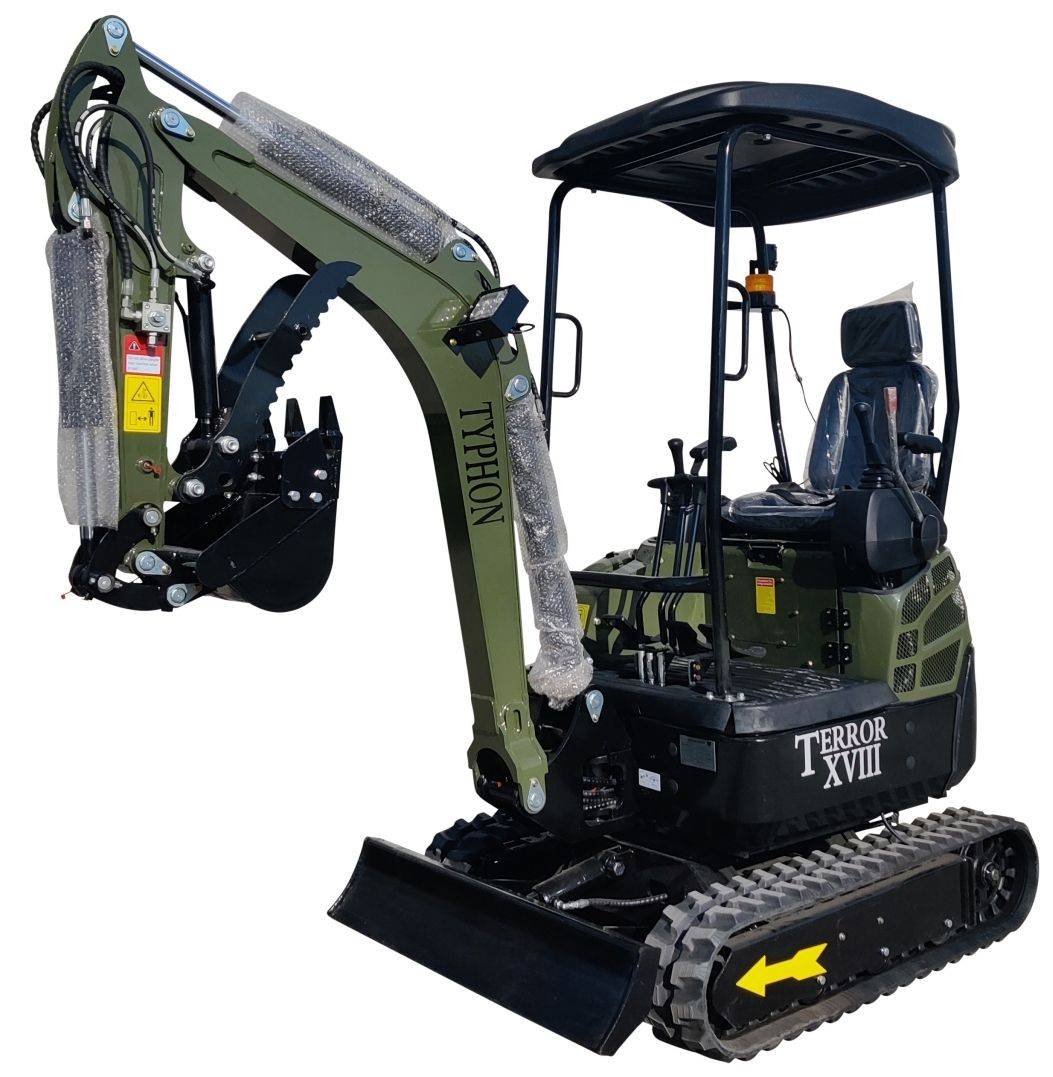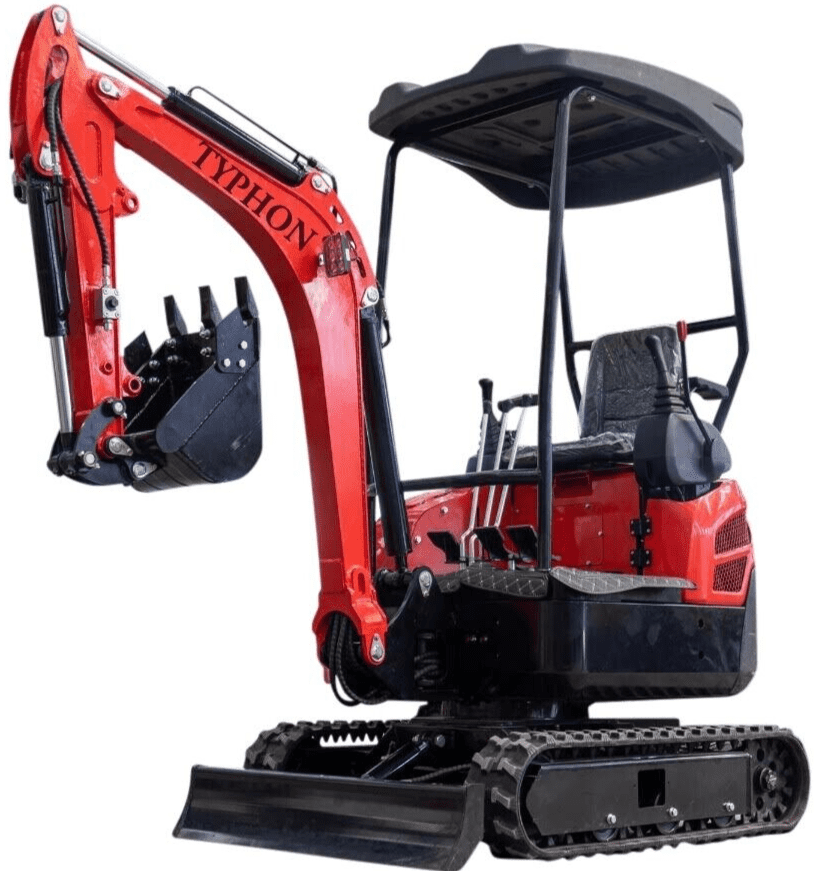
How to Choose the Right Compactor Roller for Your Project?
When working on construction or road-building projects, having the right compactor roller is important. One of the most important pieces of equipment used in these projects is a compactor roller. Compactor rollers help compress soil, asphalt, and other materials to create a stable and durable surface. However, it is important to know how to choose the right compactor roller for your specific needs.
In this blog post, we will discuss the factors to consider when selecting a compactor roller for your project.

A Detailed Guide on How to Choose the Right Compactor Roller.
Here are the key factors you should consider to choose the right compactor roller:
Understand the Types of Compactor Rollers
Before diving into how to choose the right compactor roller, it’s important to understand the different types available. The main types of compactor rollers include:
- Smooth Drum Rollers: These rollers have a smooth steel drum and are versatile for various projects, including soil and asphalt compaction.
- Padfoot Rollers: These rollers have feet or pads on the drum that are great for compacting cohesive soils like clay.
- Pneumatic Rollers: These rollers use rubber tires and are effective for achieving uniform compaction on asphalt surfaces.
- Vibratory Rollers: These rollers have vibrating drums that enhance the compaction process by breaking up air pockets in the material being compacted.
Each type of roller has its own pros and cons. These are also suitable for specific tasks. Learning their applications will certainly help you make the right choice.
Type of Material
The first factor to consider is the type of material you will be compacting. Different materials require different compaction methods. For instance, if you are working with soil, smooth drum rollers are often a good choice for general compaction. However, padfoot rollers are more effective ‘
While, pneumatic rollers or vibratory rollers are typically recommended to achieve a smooth and durable surface for asphalt projects.
Project Size
The size of your project will also influence your choice of a compactor roller. Larger projects may require a heavier roller with a wider drum to cover more area efficiently. Conversely, smaller projects may benefit from a lighter, more maneuverable roller that can easily navigate tight spaces.
Vibration Settings
If you are considering a vibratory roller, look for options that allow you to adjust the vibration settings. Different materials may require different levels of vibration to achieve optimal compaction. It you are able to adjust the vibration, it can enhance the effectiveness of the compaction process.
Budget and Cost
Finally, consider your budget. Compactor rollers come in a range of prices, depending on their size, type, and features. While it might be tempting to choose the cheapest option. However, it is important to remember that investing in a quality roller that suits your project needs. It can also help you save time and money in the long run.
Final Thoughts
Choosing the right compactor roller for your project is essential for achieving effective and efficient compaction. You can make an informed decision that meets your specific needs by considering the factors we have mentioned above. Investing time in understanding your project requirements and the available roller options will help ensure a successful outcome.

